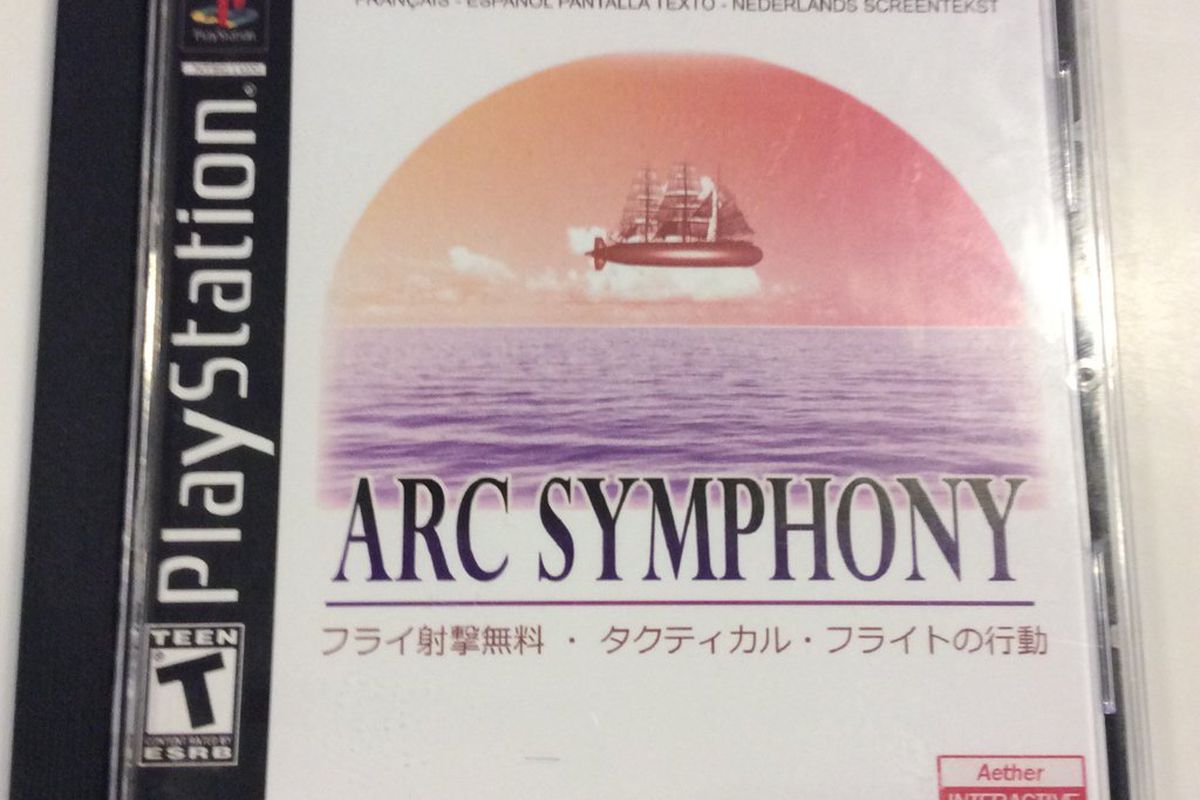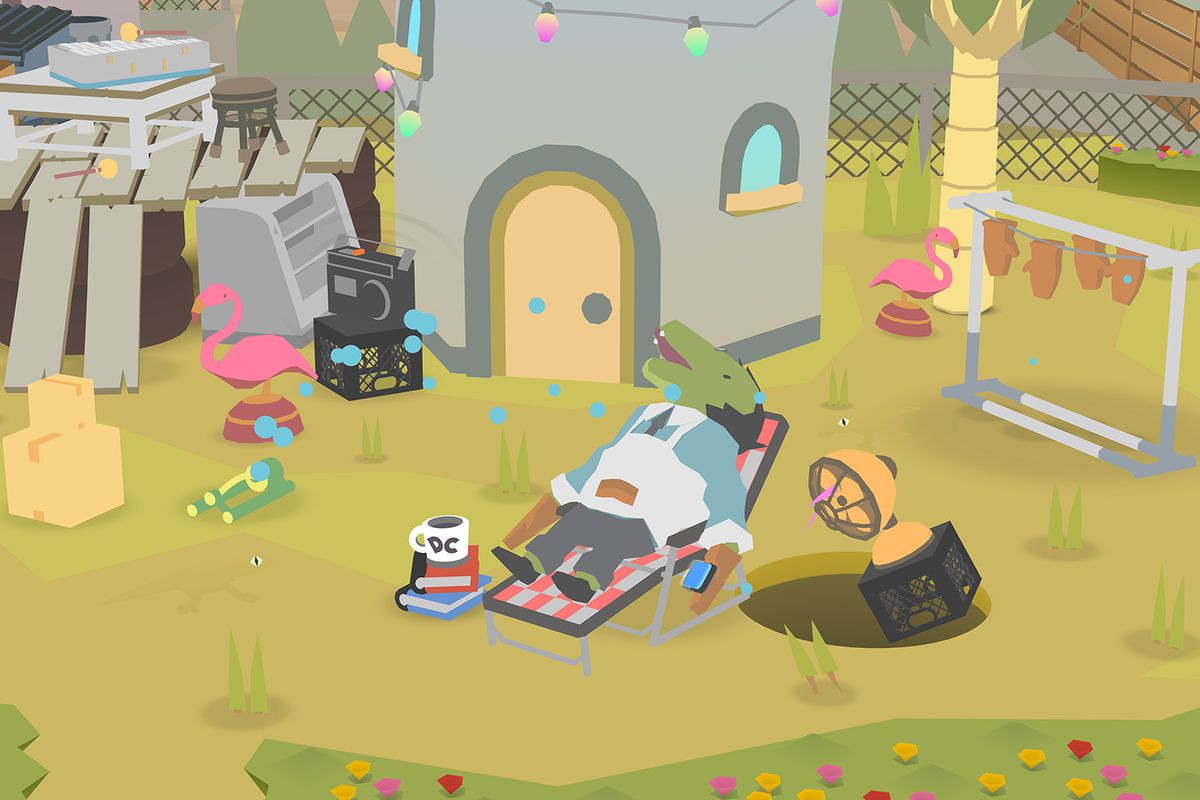Video games, by nature, play with the question of how much choice we have. The player is limited by whatever parameters the developer has devised. Run too far in one direction of the map? An invisible wall might stop you. What comes after this quest? Why, it’s another quest that is linearly connected to the one you just did!
When Undertale debuted in 2015, part of what made it into the tour de force of the season was how developer Toby Fox recognized and played with that choice. Specifically, Undertale took a look at the usual video game imperative that the only way to win a game was to kill whatever enemies crossed your path. Instead, Undertale asked, “What if you didn’t have to kill anyone?”
This choice — pacifism or genocide — felt revolutionary. It both made Undertale potentially one of the most violent games of the year (in that the choice to be violent was just that, a choice of curiosity about the consequences of ruthlessness, instead of a necessity) and also potentially one of the kindest and gentlest.
All that’s to say that today, while sick in bed, I was thrilled to see that Toby Fox released the first chapter of a new game, totally for free called DELTARUNE.
From the opening screen, it becomes clear that Deltarune takes place in the same general universe as Undertale. The familiar characters are still there, though the timeline seems off. Most familiar, though, is the arc: a couple of children fall through a rift into an alternate world, one that used to live in harmony with the above-ground world until ties were severed and friendship turned to animosity. It too is clear from the get-go that you don’t have to kill anyone in order to progress.
It’s also sweet, and funny, and clever, with characters that are easy to love as they soften.
In that way, on the surface, the game seems a little like a clone of Undertale with some upgraded design twists. However, as I played, I had the creeping suspicion that I wasn’t completely in control. I had a feeling that, though I again continued to choose kindness, that something continued to be…. off.
Since its sudden surprise release, there has been debate on whether Deltarune is a sequel to Undertale, or if it’s a prequel, or if it takes place in some alternate reality for the main characters. While Toby Fox might have intended it to be any of those things (or none of them), my hypothesis is that Deltarune is meant to be a challenge to Undertale.
———
When I finished the game, I immediately searched to see if there were multiple endings, a la Undertale. There aren’t. There’s just one, and it wasn’t what I expected. (Though, perhaps I should have known. Undertale, too, told me everything I needed to know in the first 10 minutes, if I bothered to listen.)
Undertale’s 2015 release date feels a world away here in 2018. We’re living in a world where it might be easy to question the imperative to be kind, even in the face of those who wish to do us harm. Deltarune feels aware of this shift in public thinking, and serves as a response to (or, perhaps, intends to question) the thesis of Undertale. Again, Toby Fox seems to have made a game that asks us to examine our ability to choose. It just takes a different angle this time.
Anyway, the less you know about it, the better. Download Deltarune for free here. And if you haven’t played Undertale yet, you absolutely should.


























































